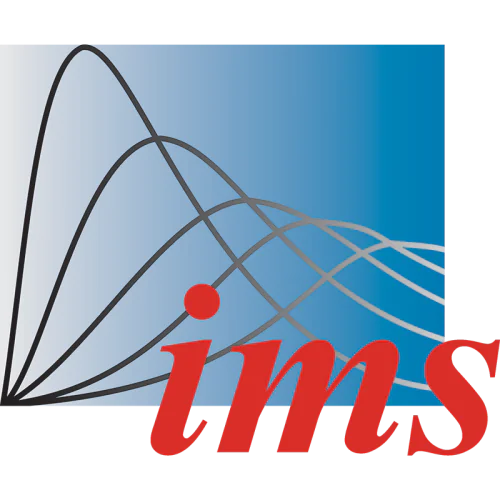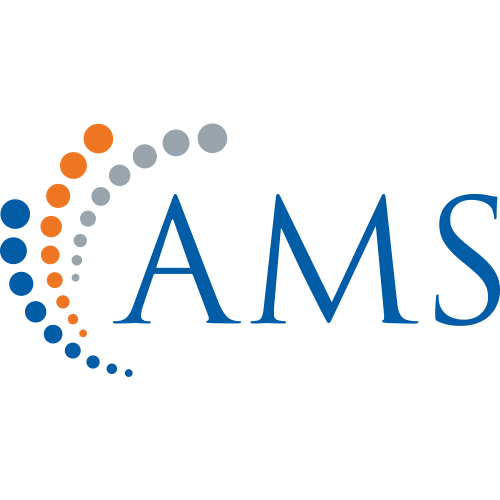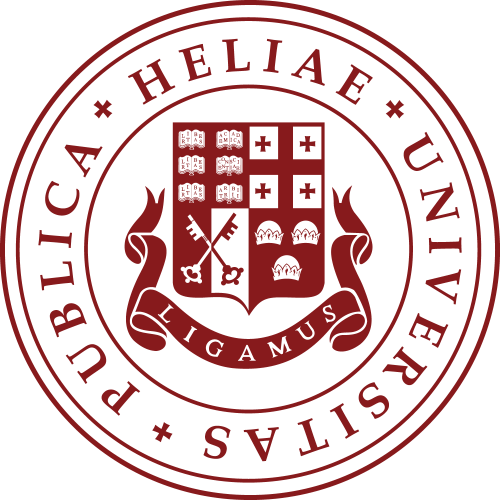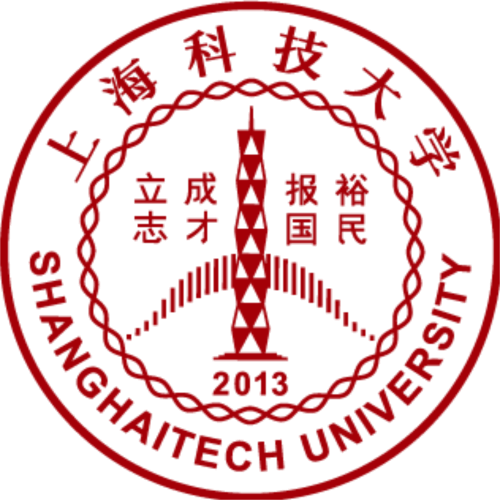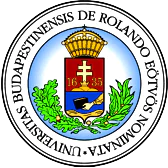Interdisciplinary Applied Mathematics
Are you a researcher?
Create a profile to get free access to personal recommendations for colleagues and new articles.
CiteScore
0.1
Years of issue
2024
journal names
Interdisciplinary Applied Mathematics
Top-3 citing journals

Physical Review E
(222 citations)

Journal of Applied Physics
(62 citations)

Journal of Chemical Physics
(56 citations)
Top-3 organizations

University of California, Berkeley
(38 publications)

University of Utah
(37 publications)

University of Arizona
(36 publications)
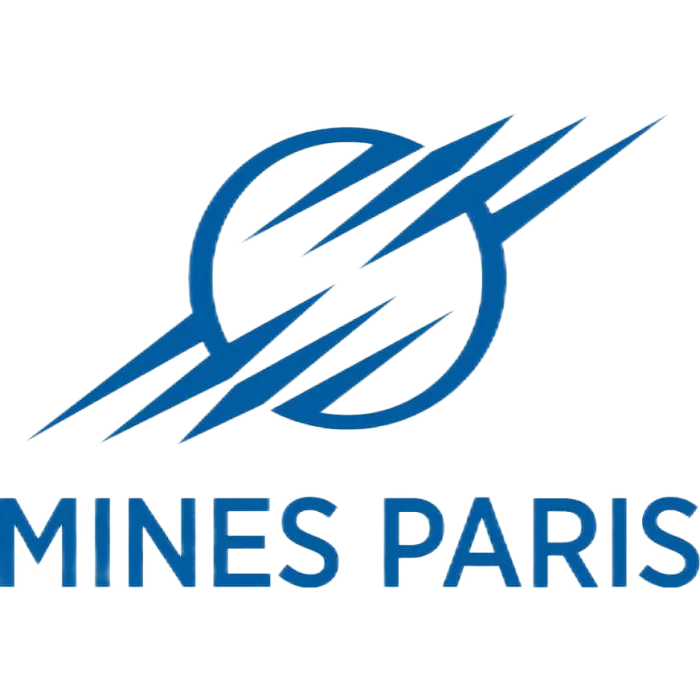
École Nationale Supérieure des Mines de Paris
(21 publications)

University of Utah
(16 publications)

Tohoku University
(14 publications)
Top-3 countries
Top-1 researchers by articles count
16 publications in journal
McCarthy John
200 publications,
1 658 citations,
5 reviews
h-index: 24

University of California, Irvine
Most cited in 5 years
Found
Nothing found, try to update filter.
Found
Nothing found, try to update filter.
Top-100
Citing journals
Citing publishers
Publishing organizations
Publishing organizations in 5 years
|
5
10
15
20
25
|
|
|
École Nationale Supérieure des Mines de Paris
21 publications, 19.09%
|
|
|
University of Utah
16 publications, 14.55%
|
|
|
Tohoku University
14 publications, 12.73%
|
|
|
University of Arizona
13 publications, 11.82%
|
|
|
University of Southern California
11 publications, 10%
|
|
|
Tsinghua University
8 publications, 7.27%
|
|
|
Beijing Electronic Science and Technology Institute
8 publications, 7.27%
|
|
|
Renmin University of China
8 publications, 7.27%
|
|
|
Polytechnic University of Turin
7 publications, 6.36%
|
|
|
Cardiff University
7 publications, 6.36%
|
|
|
University of Cantabria
5 publications, 4.55%
|
|
|
5
10
15
20
25
|
Publishing countries
|
50
100
150
200
250
300
350
400
450
|
|
|
USA
|
USA, 413, 60.65%
USA
413 publications, 60.65%
|
|
United Kingdom
|
United Kingdom, 53, 7.78%
United Kingdom
53 publications, 7.78%
|
|
China
|
China, 47, 6.9%
China
47 publications, 6.9%
|
|
France
|
France, 44, 6.46%
France
44 publications, 6.46%
|
|
Canada
|
Canada, 27, 3.96%
Canada
27 publications, 3.96%
|
|
Israel
|
Israel, 20, 2.94%
Israel
20 publications, 2.94%
|
|
New Zealand
|
New Zealand, 18, 2.64%
New Zealand
18 publications, 2.64%
|
|
Germany
|
Germany, 17, 2.5%
Germany
17 publications, 2.5%
|
|
Singapore
|
Singapore, 16, 2.35%
Singapore
16 publications, 2.35%
|
|
Greece
|
Greece, 15, 2.2%
Greece
15 publications, 2.2%
|
|
Japan
|
Japan, 14, 2.06%
Japan
14 publications, 2.06%
|
|
Georgia
|
Georgia, 13, 1.91%
Georgia
13 publications, 1.91%
|
|
South Africa
|
South Africa, 13, 1.91%
South Africa
13 publications, 1.91%
|
|
Hungary
|
Hungary, 11, 1.62%
Hungary
11 publications, 1.62%
|
|
Ireland
|
Ireland, 11, 1.62%
Ireland
11 publications, 1.62%
|
|
Belgium
|
Belgium, 8, 1.17%
Belgium
8 publications, 1.17%
|
|
Italy
|
Italy, 7, 1.03%
Italy
7 publications, 1.03%
|
|
Spain
|
Spain, 5, 0.73%
Spain
5 publications, 0.73%
|
|
50
100
150
200
250
300
350
400
450
|
Publishing countries in 5 years
|
5
10
15
20
25
30
35
40
|
|
|
USA
|
USA, 40, 36.36%
USA
40 publications, 36.36%
|
|
France
|
France, 21, 19.09%
France
21 publications, 19.09%
|
|
Japan
|
Japan, 14, 12.73%
Japan
14 publications, 12.73%
|
|
China
|
China, 8, 7.27%
China
8 publications, 7.27%
|
|
United Kingdom
|
United Kingdom, 7, 6.36%
United Kingdom
7 publications, 6.36%
|
|
Italy
|
Italy, 7, 6.36%
Italy
7 publications, 6.36%
|
|
Spain
|
Spain, 5, 4.55%
Spain
5 publications, 4.55%
|
|
5
10
15
20
25
30
35
40
|
16 publications in journal
McCarthy John
200 publications,
1 658 citations,
5 reviews
h-index: 24

University of California, Irvine






















